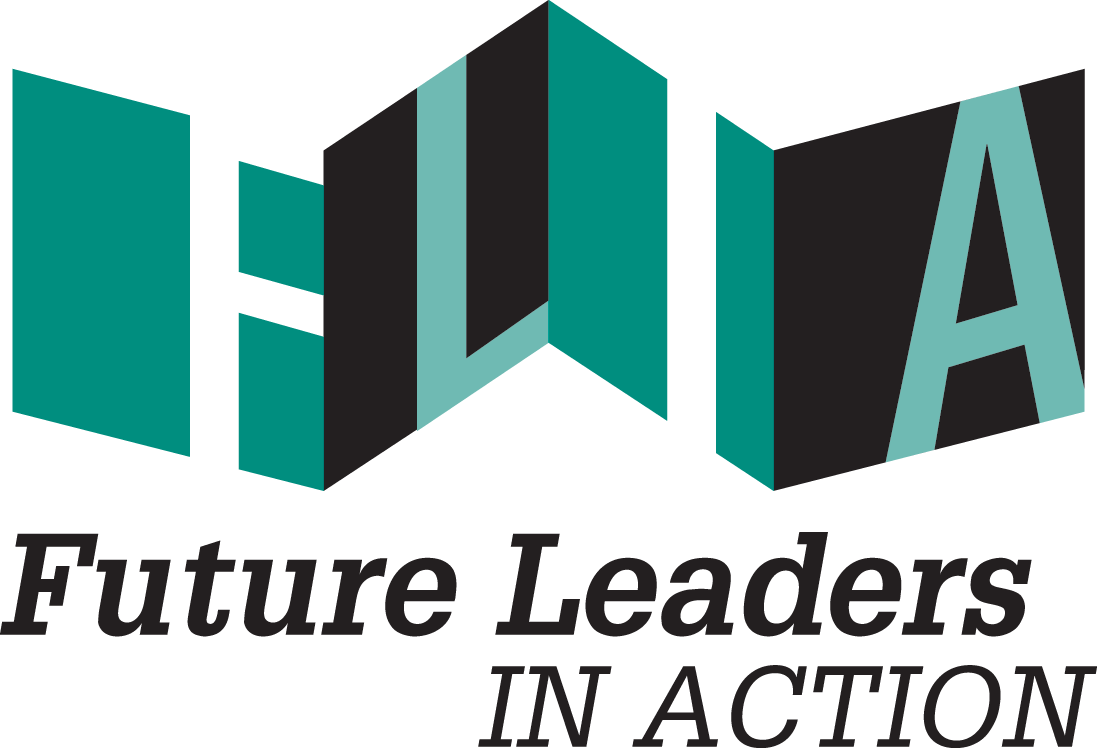When I was 15 years old, I got my first job teaching swim lessons at my neighborhood pool and for the first time, I witnessed the powerful benefits of participating in a sport can have on youth.
“It is clear that there are many benefits of athletic programs, but a lot of the time underserved youth are left out of the organized youth sports equation because of the high cost of participation.”
It quickly became clear that it wasn’t just about specific strokes, it is about teaching kids how to be respectful of themselves and others and how to become community members. Youth sports are recognized as a valuable way to be physically healthy, but there are so many other advantageous aspects of them. Kids who participate in sports have higher graduation rates, higher GPAs, and more developed soft skills such as teamwork and communication. There also seems to be a correlation between mental health and physical activity, with higher levels of exercise being related to lower rates of depression in young people.
It is clear that there are many benefits of athletic programs, but a lot of the time underserved youth are left out of the organized youth sports equation because of the high cost of participation.
This is something that the Boys and Girls Clubs of America have tried to remedy. Their various sports and recreation programs are designed to develop physical fitness skills while simultaneously finding ways to reduce stress and improve interpersonal skills. 80 percent of alumni said the Club had a positive impact on their attitude toward fitness and health.
The Boys and Girls Clubs of Portland (BGCP) focus their sports programming on developing character and leadership skills as well as promoting healthy habits through their basketball, indoor soccer, and flag football leagues. BGCP had almost 300 youth participate in their Leadership Leagues while logging almost 50,000 hours of physical activity in the 2015-2016 school year. These programs intentionally keep costs low so all children can participate.
Boys and Girls Clubs are nationally recognized for providing services for underserved youth and helping them reach their full potential. BGCP is no exception, of all members, at least 43 percent of Portland Club members are African American, Latinx, or Native American, and in 2017, 100 percent of BGCP seniors graduated from high school.
This is especially significant in the landscape of Oregon’s education system in general, which has one of the lowest graduation rates in the country, and is even lower for low-income students as well as African American and Native American students. This statewide deficit in this system has been going on for decades that has also led to limited resources, low test scores, overcrowded classrooms, and overworked staff.
Finally, in May 2019, after almost three decades of underinvestment in students, schools, and staff, a measure called the Student Success Act passed in Oregon that will add one billion dollars annually to the education budget. The money will be distributed into three portions: student investment, early learning, and education initiatives. At least 50 percent will be dedicated to focusing on previously underserved and overlooked youth.
Another key aspect is the implementation of mental health programs. Although it may just sound like a buzzword, the desire for this curriculum was one of the biggest requests from schools and communities. Many educators believe that education on mental and behavioral health could greatly boost graduation rates.
As a fellow working with the BGCP and Future Leaders in Action, I am working at the intersection of after-school programming and athletics. I’m working to grow the athletic program to continue to encourage kids to engage their mental and physical health and to develop healthy lifestyles. All of their programs are essential to providing an outlet for youth outside of school where they can feel heard, supported, and have fun. In accordance with their vision to help “those who need us most,” my goal is to continue the legacy of open doors that the BGCP has always had and to create a space where kids can come together--regardless of any label--pick up a basketball, and play.






